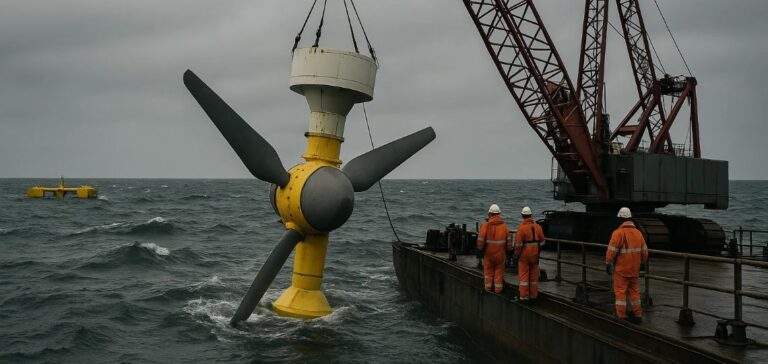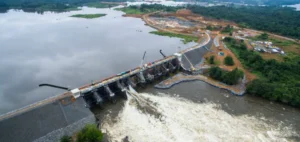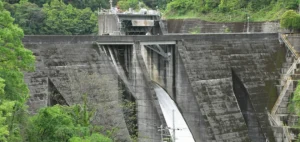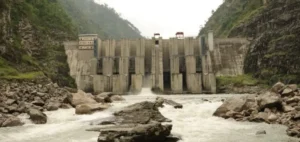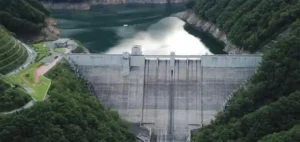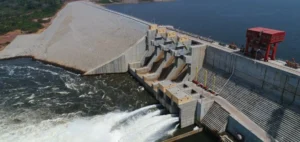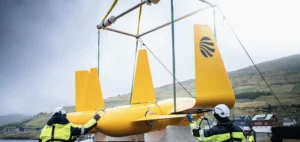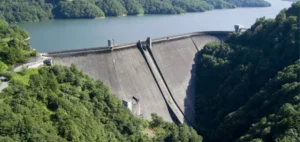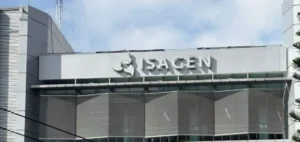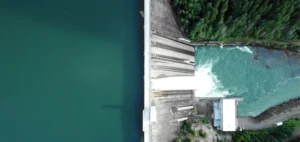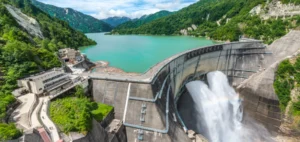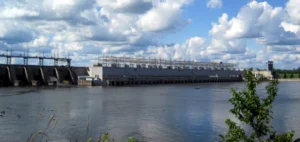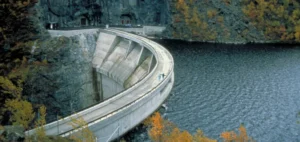The marine energy sector, encompassing the exploitation of tidal and wave energy for electricity production, is approaching large-scale commercialization. In Europe, publicly-funded projects now represent a planned capacity of 165 MW across 15 sites set to be deployed within five years. These projects are primarily supported by financial mechanisms such as Contracts for Difference (CfD) and guaranteed feed-in tariffs, providing private investors with clear financial visibility and predictable returns.
Increasing capacities and private investments
In 2024, five European companies installed marine devices, including three tidal energy devices and two wave energy devices, all at full scale. These installations, spread across several European countries, highlight technological and geographical diversification within the sector. Concurrently, publicly announced private investments in European marine energy have now reached €60 million since 2023, demonstrating growing investor confidence in the sector’s technological maturity.
This financing dynamic largely comes from institutional funds attracted by tangible technological advancements demonstrated by ongoing projects. For instance, in 2024, the Swedish company CorPower Ocean raised €32 million from institutional investors, representing the largest single investment ever made in this sector in Europe. Other companies, such as Wavepiston and HydroQuest, have also collectively raised over €3.5 million through crowdfunding, illustrating the sector’s widening investor base to a broader public.
Growing international competition
Although Europe remains the leader in cumulative installed marine energy capacity, this position is increasingly challenged. Notably, the United States allocated $141 million to the sector in 2024, marking a significant intensification of its financial support for these technologies. Meanwhile, China continues active investments and has inaugurated new dedicated marine energy test sites, intensifying competitive pressure on European players.
In response to this competition, several European governments, particularly in the United Kingdom and France, have strengthened their public support mechanisms specifically dedicated to marine energy. The UK has notably secured significant funding through dedicated CfD auctions, while France aims to deploy 250 MW of tidal energy by 2030, supported by attractive tariff mechanisms.
Towards industrial-scale marine energy
With cumulative production reaching 106 GWh in 2024, marine energy has demonstrated the technical reliability of its installations over time. Having passed this milestone, industry players now aim for a drastic reduction in production costs through massive industrialization. Combined private and public investments provide a solid financial foundation to support this evolution.
Future challenges lie in the critical transition from demonstration projects to fully operational commercial installations. This scale-up will require increased cooperation among industry players, private investors, and public authorities to maintain Europe’s technological edge in the highly competitive global marine energy market.


